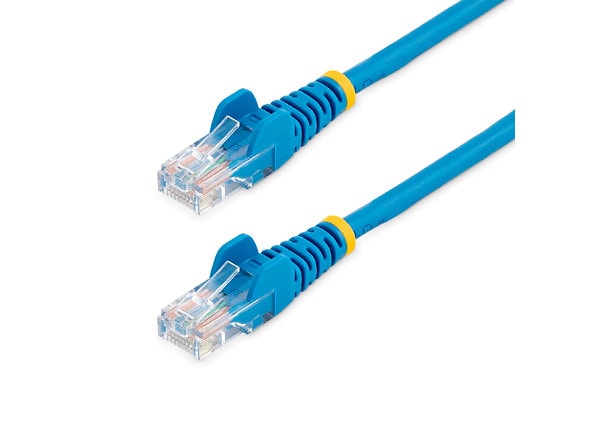MarathonMike
Diamond Member
My cable box died yesterday so I called Cox and the guy came out and upgraded me to a wireless HDMI cable box. I didn't even know they had them it's so nice not having that coax running along the floor! I don't see any difference in speed or picture so far.



